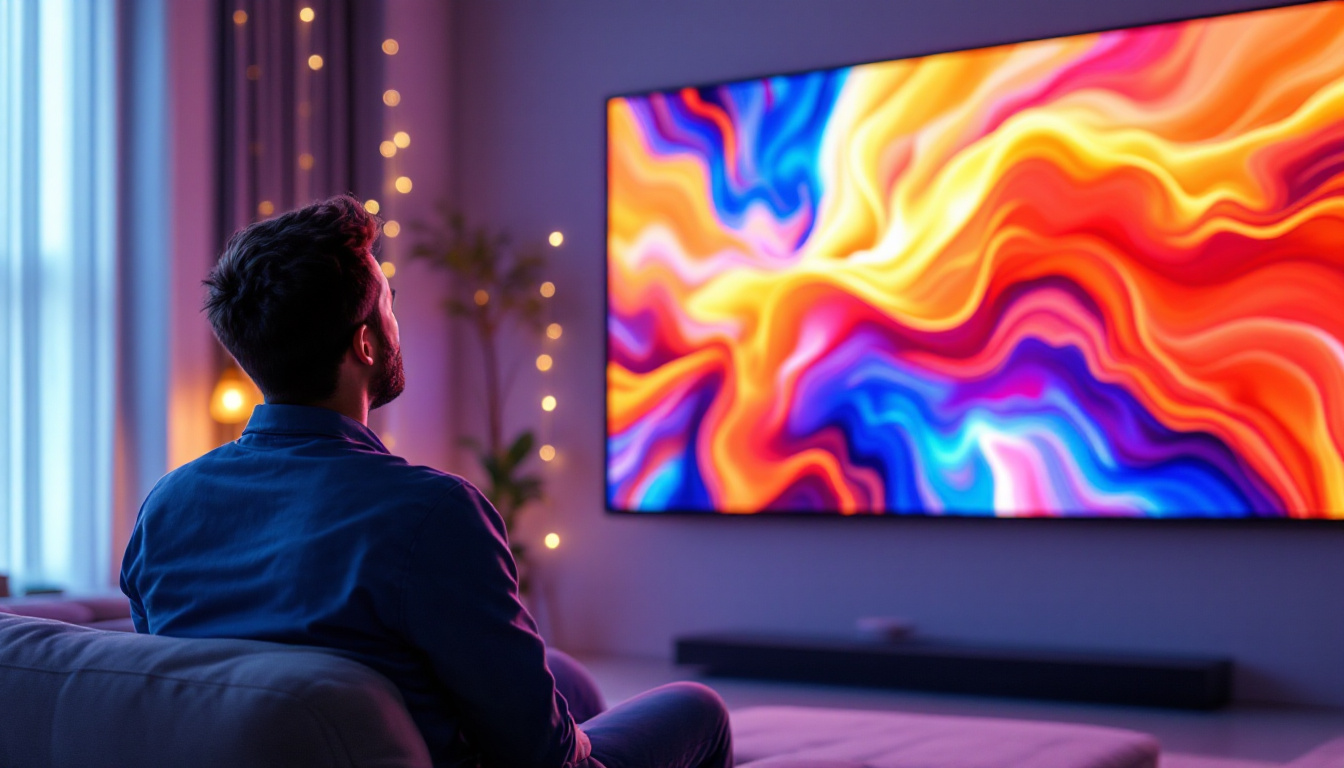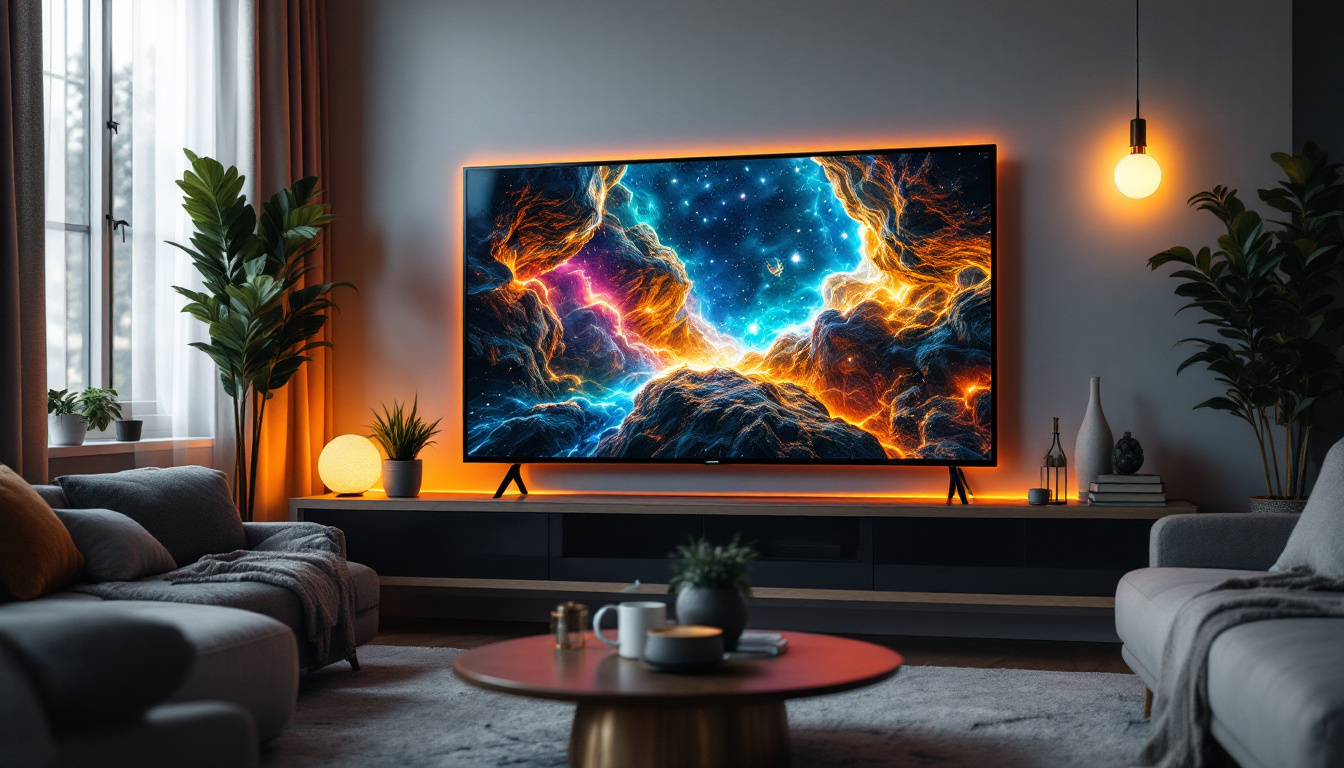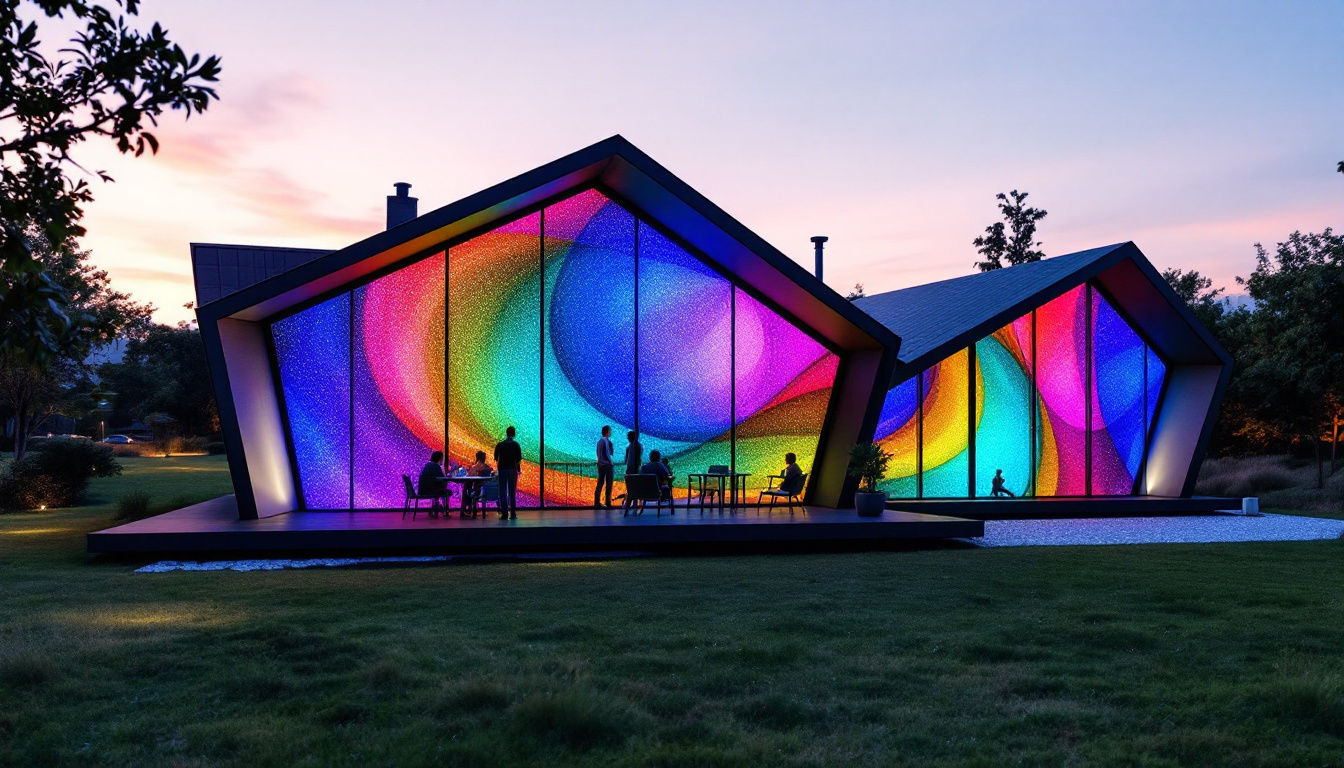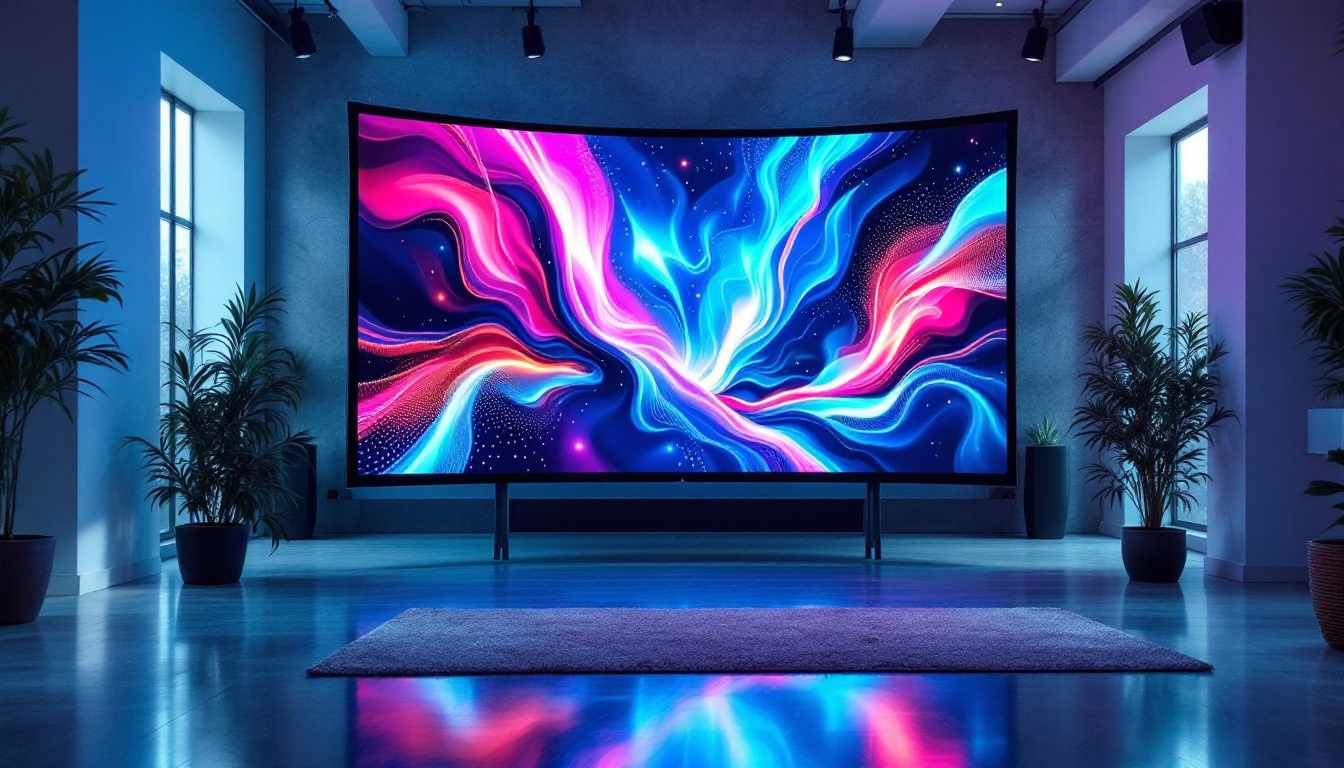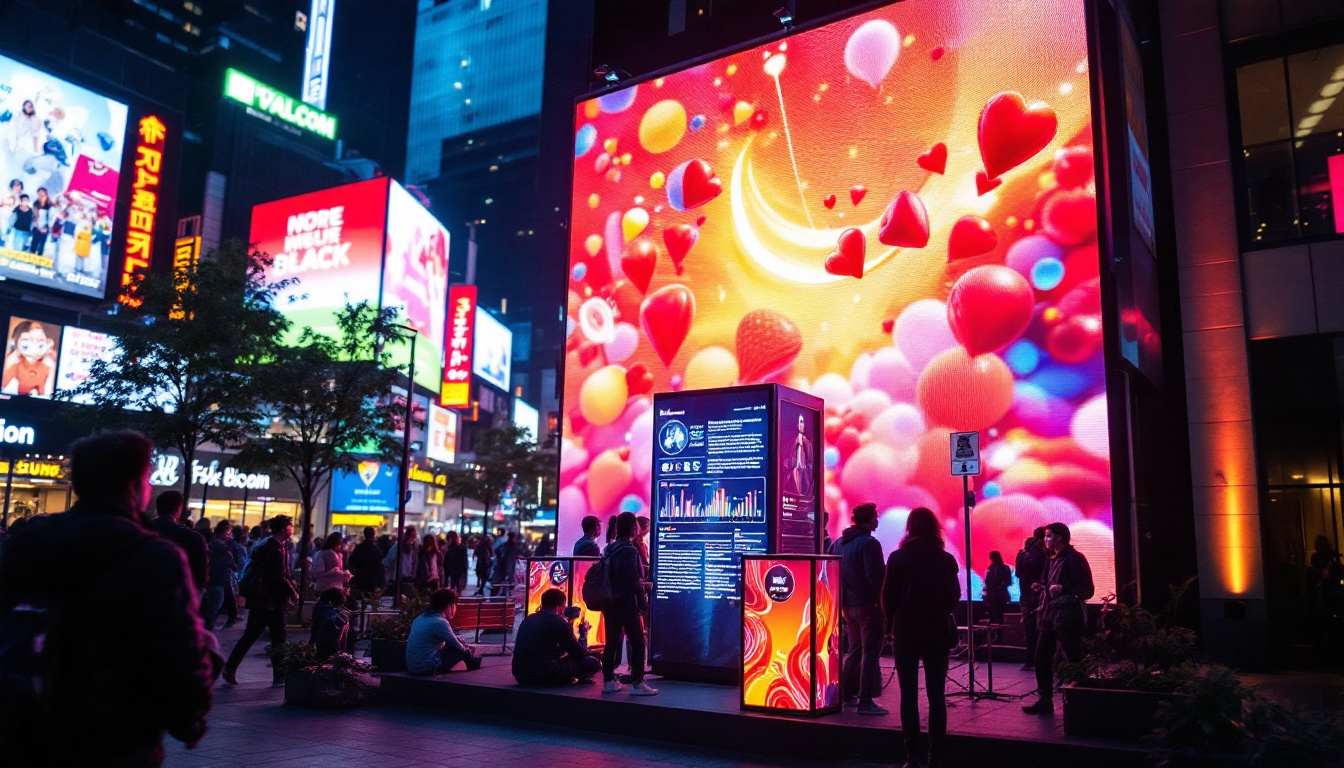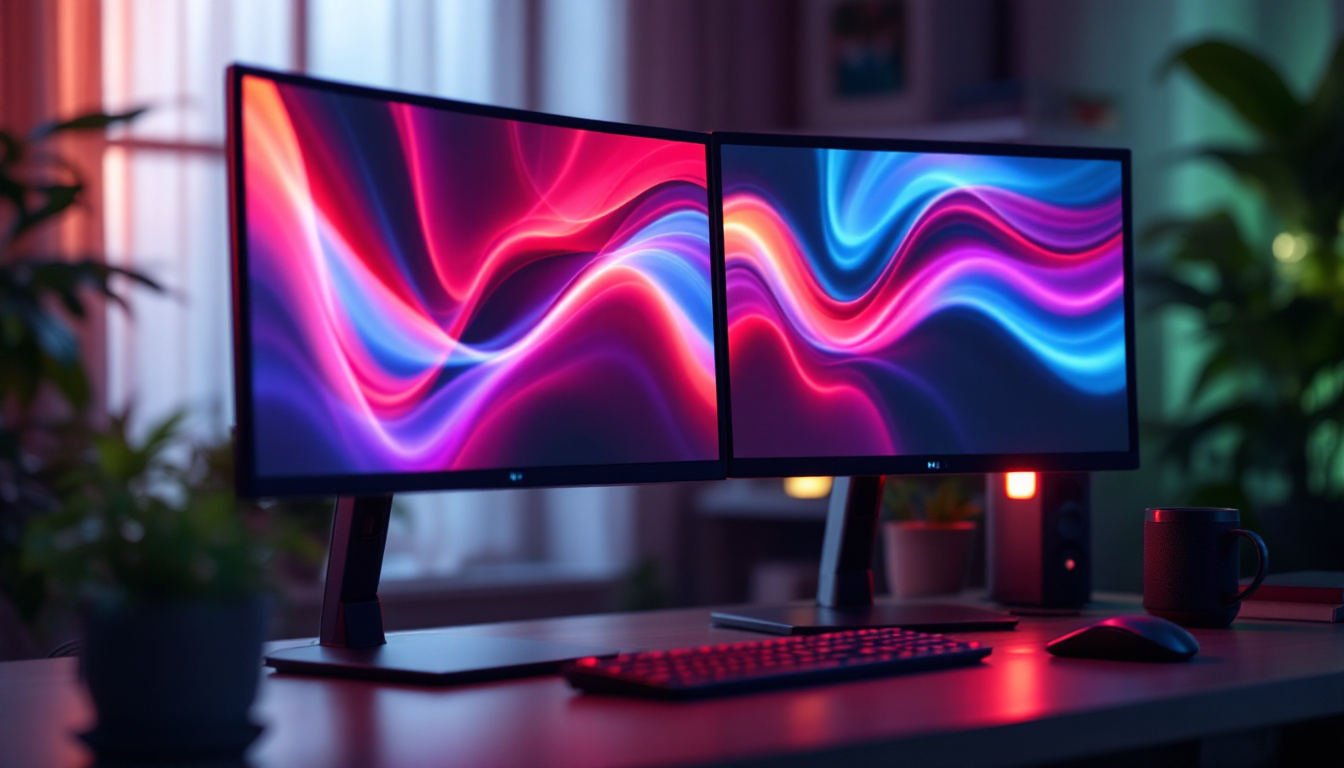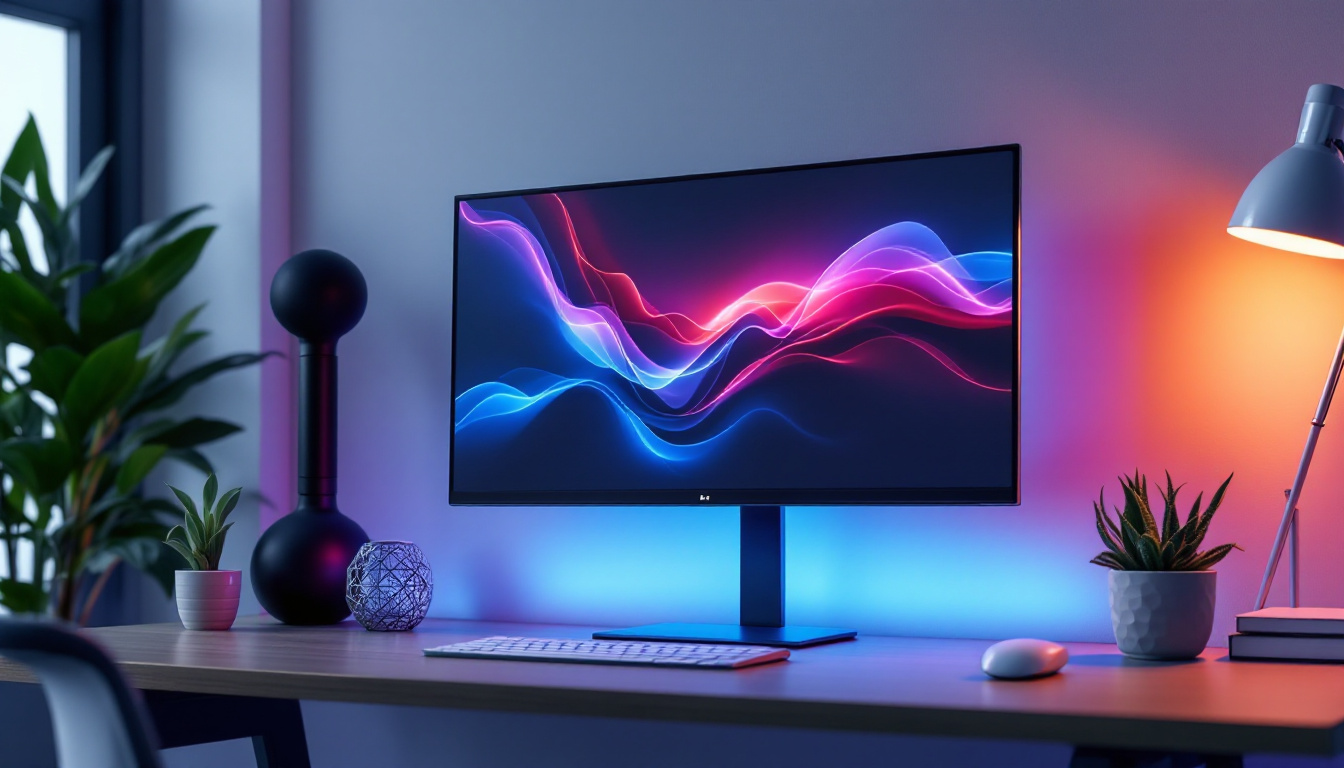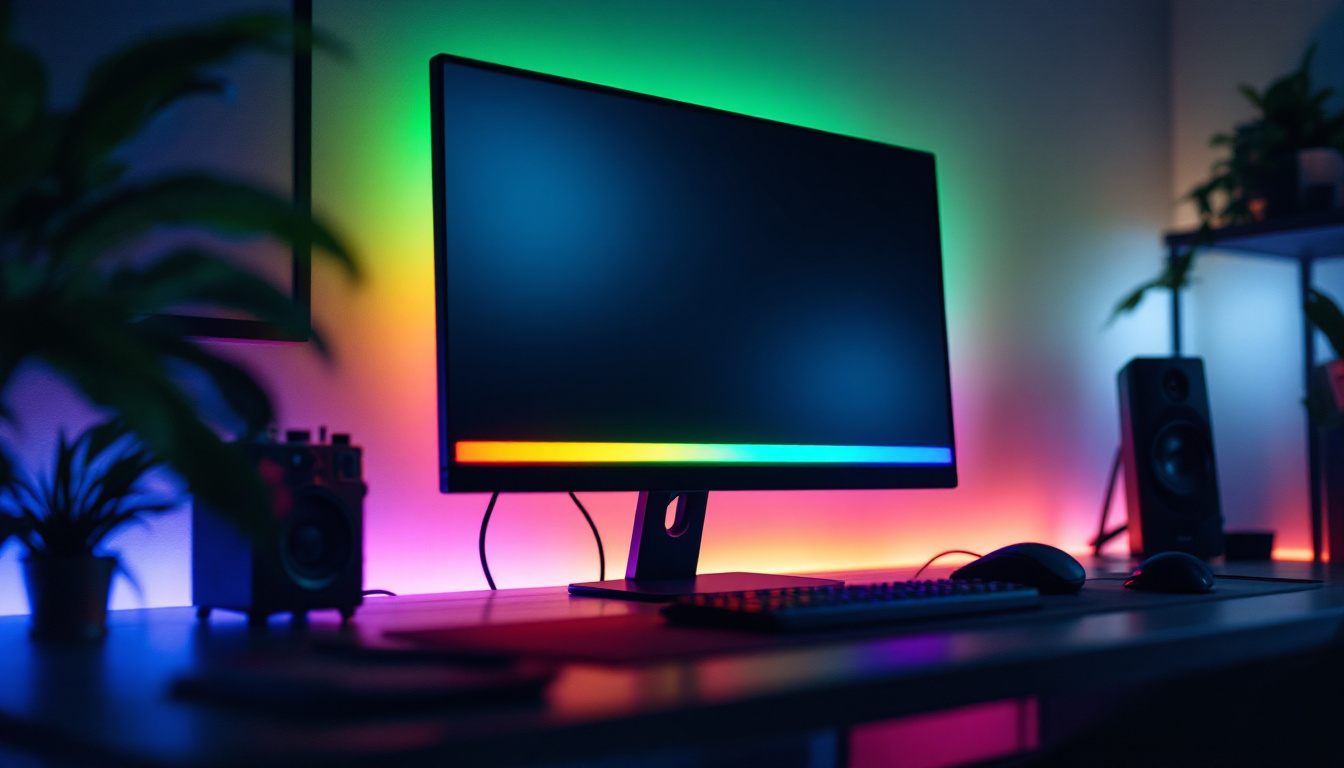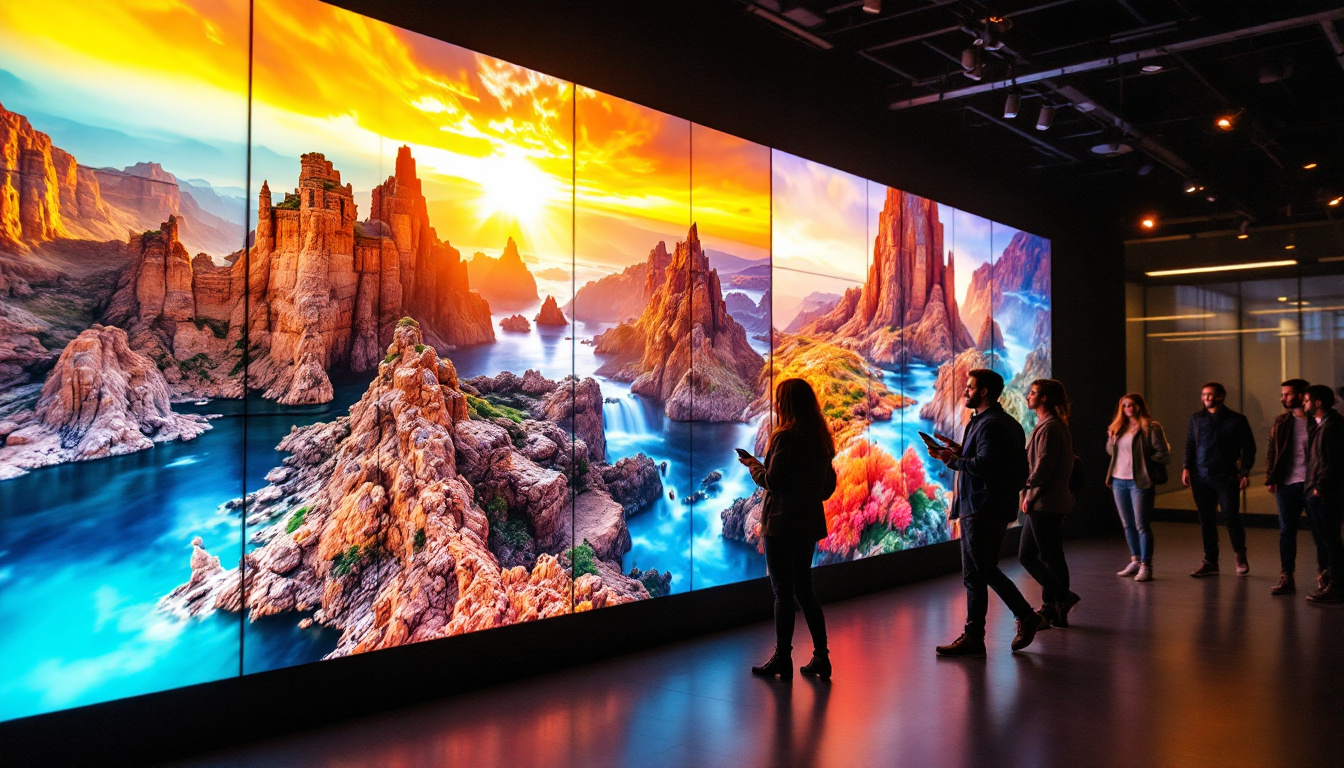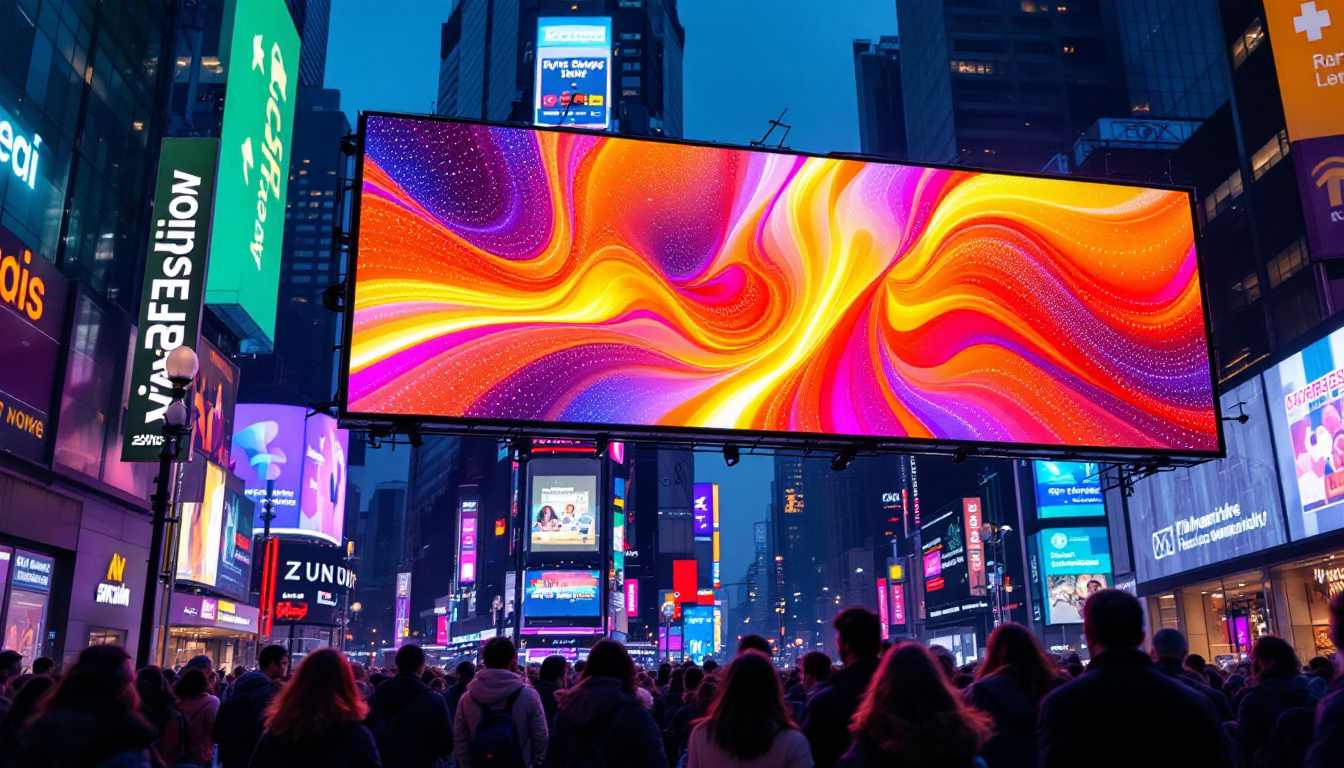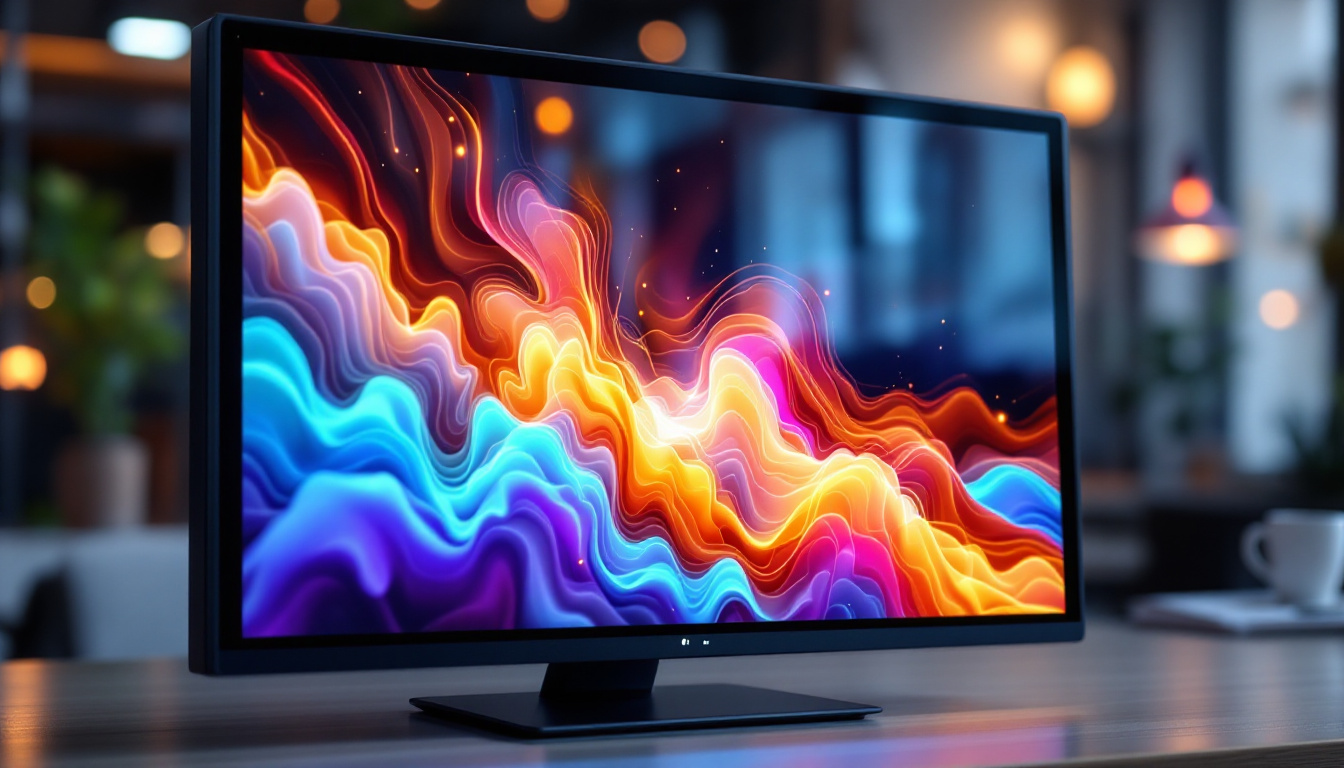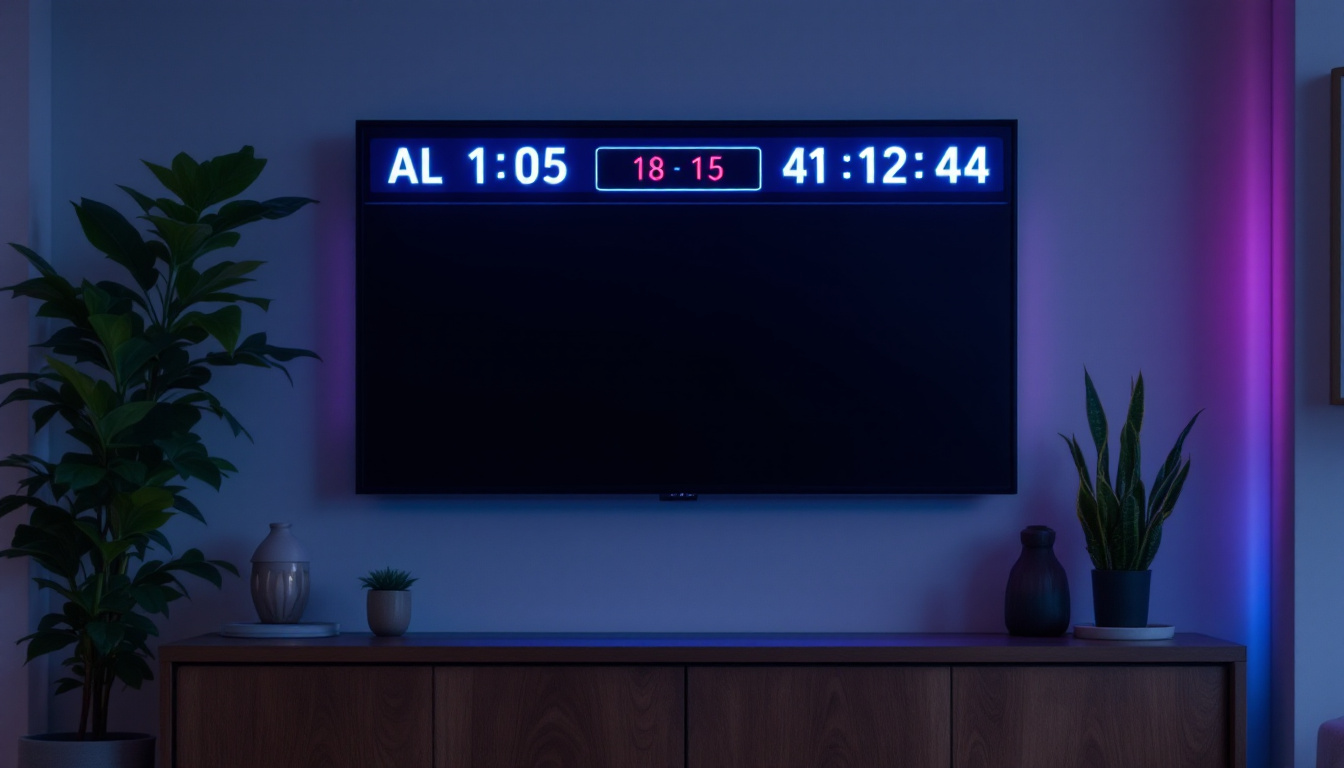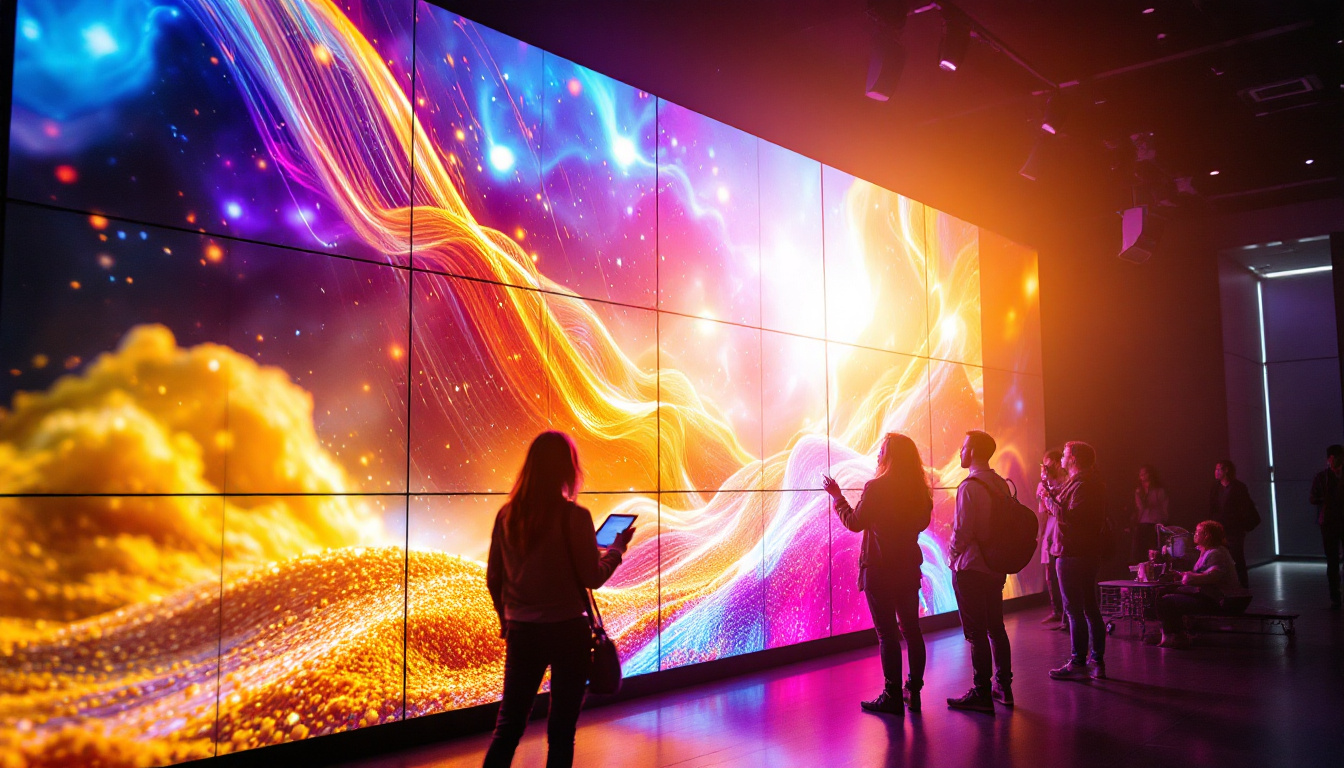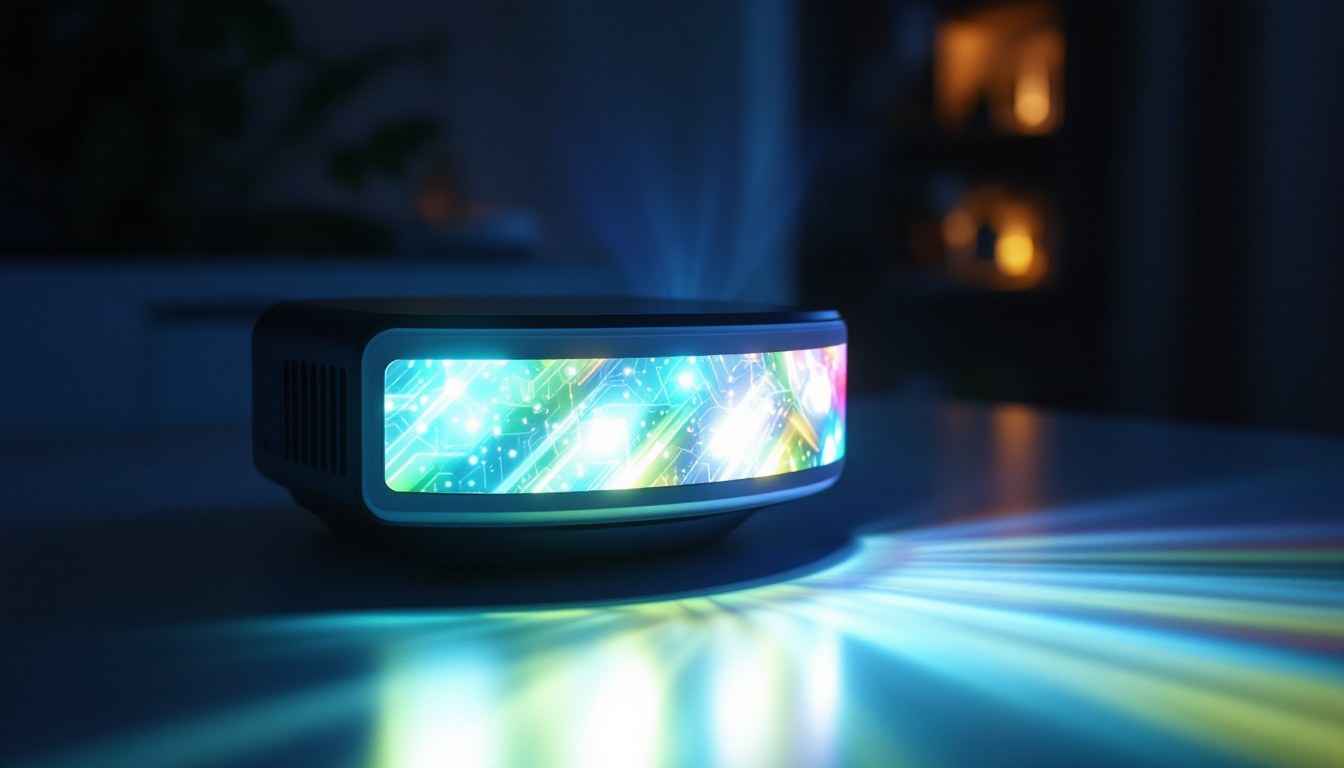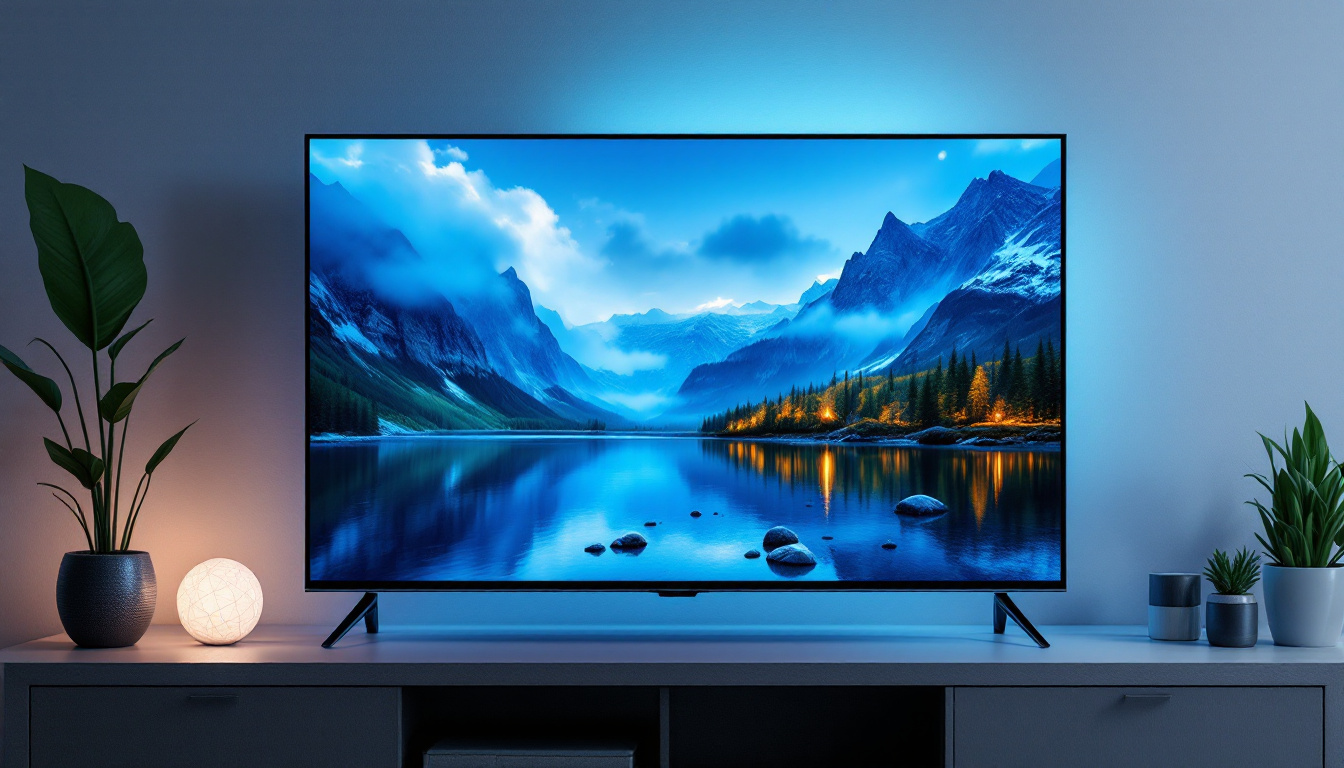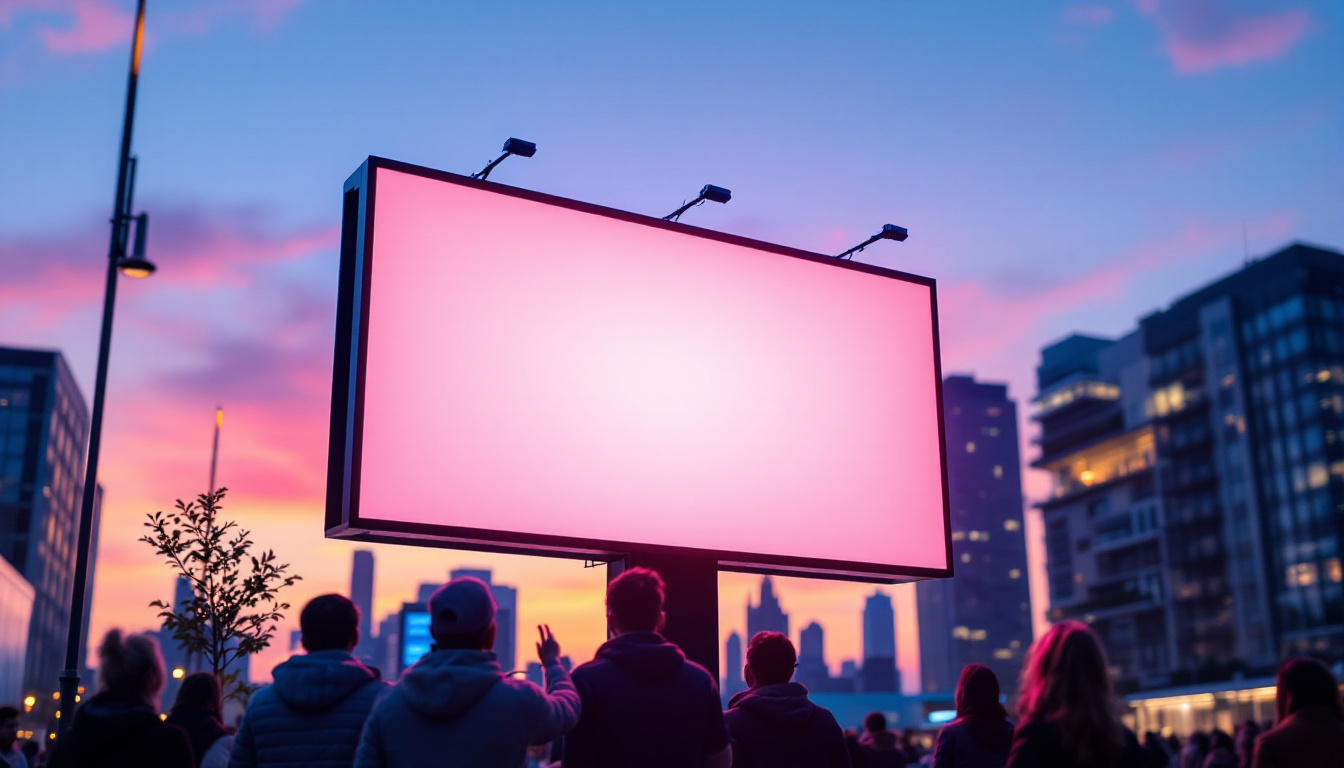In today’s digital age, LED displays have become ubiquitous, appearing in homes, offices, and public spaces. Understanding the recommended viewing distance for these displays is crucial for optimizing the viewing experience. This article delves into the factors that influence viewing distance, the science behind it, and practical tips for different types of LED displays.
The Importance of Viewing Distance
Viewing distance is not just a matter of comfort; it significantly affects how content is perceived. Whether watching a movie, playing a video game, or giving a presentation, the distance between the viewer and the display can impact clarity, color perception, and overall enjoyment. The optimal viewing distance varies depending on the type of content being consumed and the technology of the display itself, making it essential to tailor your setup to your specific needs and preferences.
Understanding Visual Acuity
Visual acuity refers to the eye’s ability to discern fine details. The human eye has a limited resolution, which means that sitting too close to a display can lead to pixelation and blurred images. Conversely, sitting too far away can result in missing out on details that enhance the viewing experience. This is particularly relevant in high-definition formats, where the richness of the content is designed to be appreciated up close, yet still requires a certain distance to avoid overwhelming the viewer’s senses.
For LED displays, the pixel density plays a crucial role. Higher pixel density means more detail can be perceived at closer distances. Therefore, understanding the resolution of the display is essential for determining the optimal viewing distance. For instance, a 4K display allows viewers to sit closer without noticing individual pixels, enhancing immersion and engagement with the content. This technology has transformed how we experience media, making it vital to consider not just the size of the screen but also its resolution in relation to the viewing distance.
Impact on Eye Comfort
Eye comfort is another vital aspect influenced by viewing distance. Prolonged exposure to screens can lead to eye strain, especially if the viewer is too close. The recommended viewing distance allows the eyes to relax and reduces the risk of discomfort. This is particularly important in settings where individuals may spend hours in front of a screen, such as in offices or during gaming marathons. Implementing breaks and adjusting viewing distance can significantly enhance overall well-being and productivity.
Moreover, the brightness of LED displays can also affect eye comfort. A display that is too bright can cause glare, making it uncomfortable to view from close distances. Finding a balance between brightness and distance is key to a pleasant viewing experience. Additionally, ambient lighting plays a crucial role; a well-lit room can help mitigate glare and reduce the contrast between the screen and the surrounding environment, further promoting eye comfort. Understanding these factors can lead to a more enjoyable and sustainable viewing experience, allowing viewers to engage with their favorite content without the negative side effects of eye strain or discomfort.
Calculating Recommended Viewing Distance
Calculating the recommended viewing distance for an LED display involves several factors, including the display’s size and resolution. A common guideline is to sit at a distance that is 1.5 to 2.5 times the diagonal size of the screen. However, this can vary based on the display’s resolution.
Screen Size Considerations
Screen size is one of the primary factors in determining viewing distance. For example, a 55-inch LED display typically requires a viewing distance of about 6.5 to 11.5 feet. Larger screens, such as 75 inches, may necessitate a distance of 8.5 to 14 feet to ensure optimal viewing.
It is important to note that these distances are general guidelines. Individual preferences and room layout can also influence the ideal distance. For instance, a more immersive experience may be desired for gaming or movie-watching, leading some viewers to sit closer than the recommended distance. Additionally, the arrangement of furniture and the overall design of the room can play a significant role in how viewers interact with the screen. A well-placed couch or seating area can enhance the viewing experience, making it more comfortable and enjoyable.
Resolution Matters
Resolution is another critical factor in determining viewing distance. Displays with higher resolutions, such as 4K and 8K, allow viewers to sit closer without noticing pixelation. For instance, a 4K display can be viewed comfortably at a distance of 1 to 1.5 times its diagonal size, while an 8K display can be viewed even closer.
This means that as technology advances and resolutions increase, the recommended viewing distances may also change. Staying informed about display technology is essential for optimizing the viewing experience. Furthermore, the type of content being viewed can also influence the ideal distance. High-definition movies and video games, which often feature intricate details and vibrant colors, may benefit from a closer viewing distance to fully appreciate the visual fidelity. Conversely, standard-definition content may not require such proximity, allowing viewers to sit further back without sacrificing enjoyment.
Different Types of LED Displays
LED displays come in various forms, each with its own recommended viewing distance. Understanding the differences can help consumers make informed decisions when purchasing or setting up displays.
Televisions
For televisions, the recommended viewing distance is often based on the screen size and resolution. As previously mentioned, a general rule of thumb is to sit 1.5 to 2.5 times the screen’s diagonal size away. For a 55-inch 4K TV, this means a distance of approximately 6.5 to 11.5 feet.
Additionally, the type of content being viewed can also influence the ideal distance. For example, watching a movie may allow for a closer viewing distance, while regular television shows might be more comfortable at a greater distance. Furthermore, advancements in display technology, such as OLED and QLED, can enhance the viewing experience by providing deeper blacks and more vibrant colors, making it possible for viewers to sit closer without losing picture quality. This immersive experience is particularly appealing for gaming and cinematic experiences, where every detail matters.
Computer Monitors
Computer monitors typically have different viewing distance recommendations compared to televisions. The ideal distance for a computer monitor is usually between 20 to 40 inches, depending on the screen size and resolution.
For monitors with higher resolutions, such as 4K, users can sit closer without experiencing discomfort or pixelation. This is particularly beneficial for tasks that require detailed work, such as graphic design or video editing. Moreover, ergonomic considerations play a significant role in determining the optimal setup. For instance, the height and angle of the monitor should be adjusted to reduce eye strain and promote better posture, ensuring that users can work efficiently for extended periods. The introduction of curved monitors has also changed the landscape, allowing for a more immersive experience that can further enhance productivity and comfort.
Outdoor LED Displays
Outdoor LED displays, commonly used for advertising and public announcements, have unique considerations for viewing distance. These displays are designed to be viewed from greater distances, often ranging from 10 to 100 feet or more, depending on the size and pixel pitch.
Pixel pitch, which refers to the distance between pixels, is crucial for outdoor displays. A smaller pixel pitch allows for closer viewing, while a larger pixel pitch is suitable for viewing from farther away. Understanding the pixel pitch is essential for determining the optimal viewing distance for outdoor LED displays. Additionally, factors such as ambient light and weather conditions can significantly affect visibility. high-brightness LEDs are often used in outdoor displays to ensure that content remains clear and vibrant, even in direct sunlight. This adaptability makes outdoor LED displays a popular choice for events, concerts, and busy urban environments, where capturing attention is paramount. The versatility of these displays also extends to their ability to showcase dynamic content, including animations and videos, which can engage viewers more effectively than static signage.
Practical Tips for Optimizing Viewing Distance
To enhance the viewing experience, several practical tips can be implemented. These tips can help users find their ideal viewing distance and ensure comfort during extended viewing sessions.
Adjusting Room Layout
One of the simplest ways to optimize viewing distance is by adjusting the room layout. Positioning furniture to create a comfortable viewing angle can significantly enhance the experience. For televisions, ensure that the screen is at eye level when seated to avoid neck strain.
In addition, consider the distance between the seating area and the display. Rearranging furniture or using adjustable seating can help achieve the recommended viewing distance.
Using Calibration Tools
Calibrating the display can also improve the viewing experience. Many modern LED displays come with built-in calibration tools that allow users to adjust brightness, contrast, and color settings. Proper calibration can enhance image quality and reduce eye strain.
For those who are more technically inclined, external calibration tools and software can provide even more precise adjustments, ensuring that the display is optimized for the viewing environment.
Taking Breaks
Regardless of the viewing distance, taking regular breaks is essential for eye health. The 20-20-20 rule is a popular guideline: every 20 minutes, look at something 20 feet away for at least 20 seconds. This practice helps reduce eye strain and fatigue, especially during long viewing sessions.
Incorporating breaks into viewing habits can significantly enhance comfort and enjoyment, making it easier to appreciate the content being viewed.
Conclusion
Understanding the recommended viewing distance for LED displays is essential for optimizing the viewing experience. Factors such as screen size, resolution, and display type all play a role in determining the ideal distance. By considering these factors and implementing practical tips, viewers can enhance their comfort and enjoyment while watching their favorite content.
As technology continues to evolve, staying informed about advancements in display technology and viewing recommendations will ensure that viewers can make the most of their LED display experience. Whether for entertainment, work, or advertising, the right viewing distance can make all the difference.
Explore Cutting-Edge LED Displays with LumenMatrix
Ready to take your viewing experience to the next level? LumenMatrix is at the forefront of LED display innovation, offering a wide range of solutions tailored to meet your needs. From the immersive Indoor LED Wall Display to the dynamic Outdoor LED Wall Display, and from the versatile Vehicle LED Display to the sleek LED Poster Display, our products are designed to captivate and engage. Discover how our LED Sports Display, Floor LED Display, Custom LED Display, All-in-One LED Display, and LED Transparent Display can transform your visual communication. Elevate your brand visibility and create unforgettable visual experiences with LumenMatrix. Check out LumenMatrix LED Display Solutions today and share your message with the world like never before.

